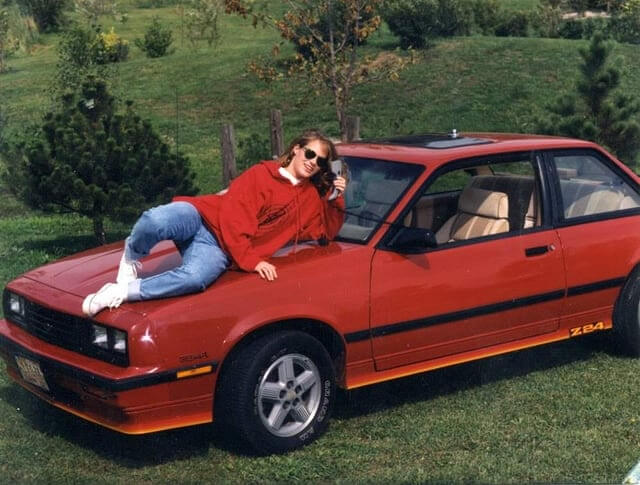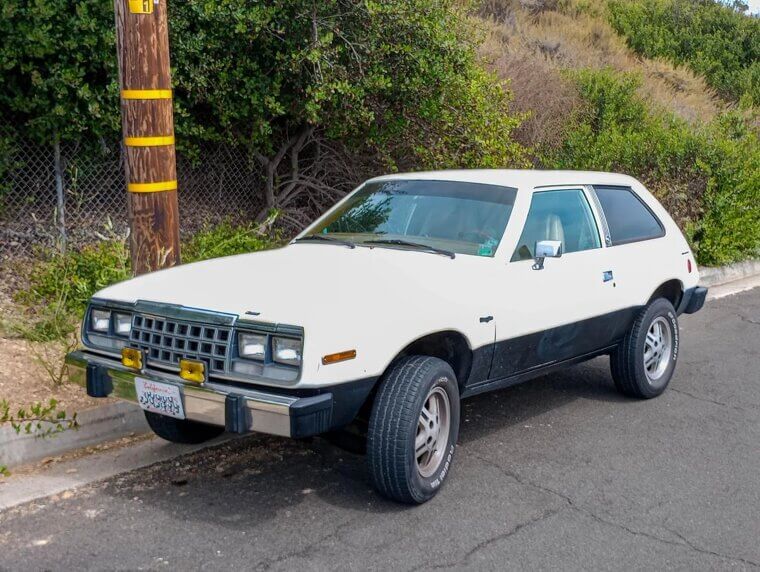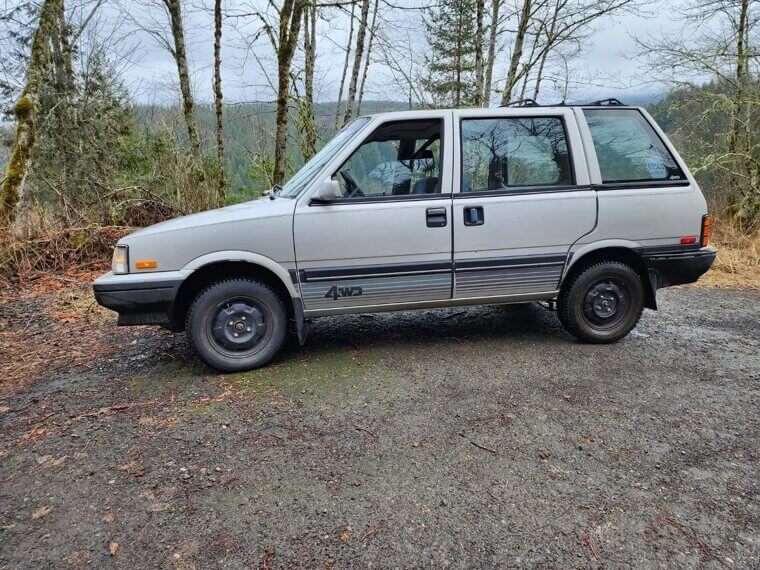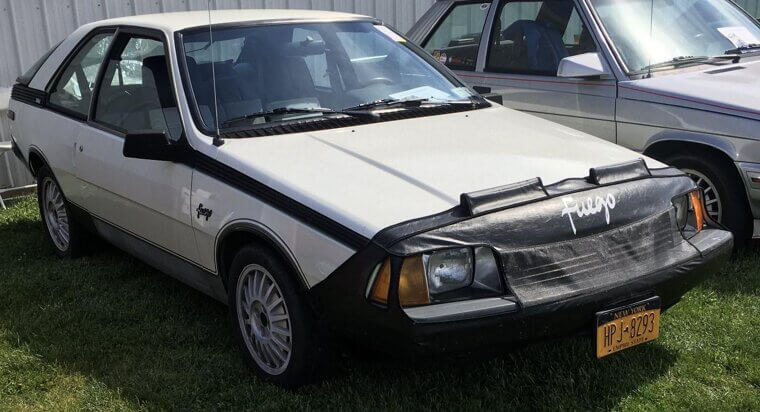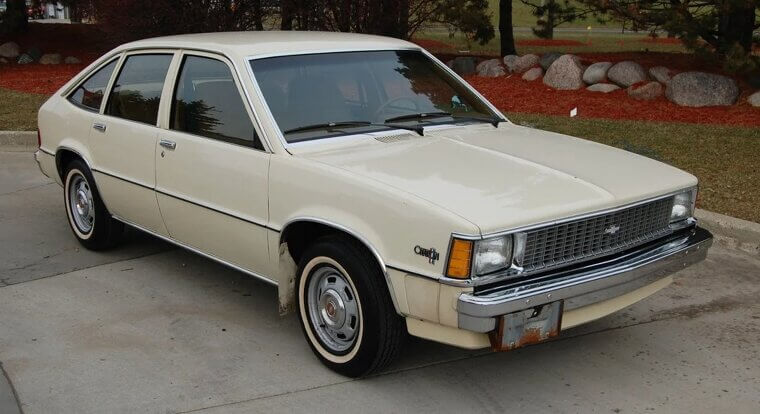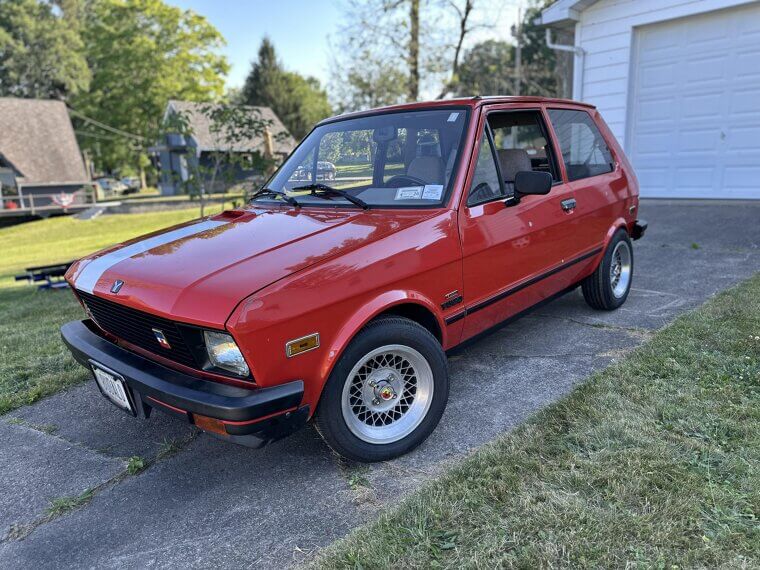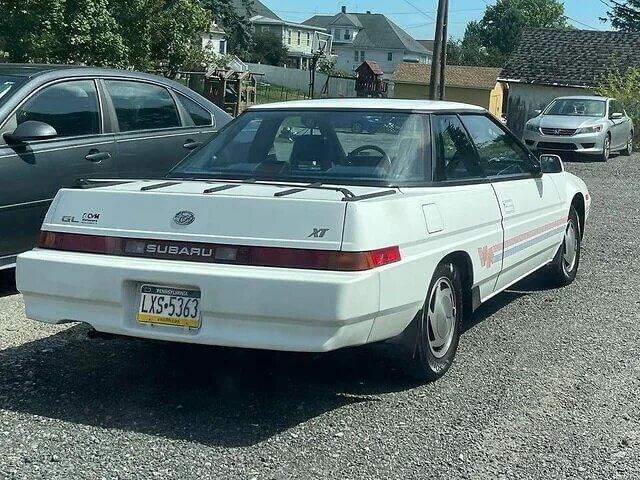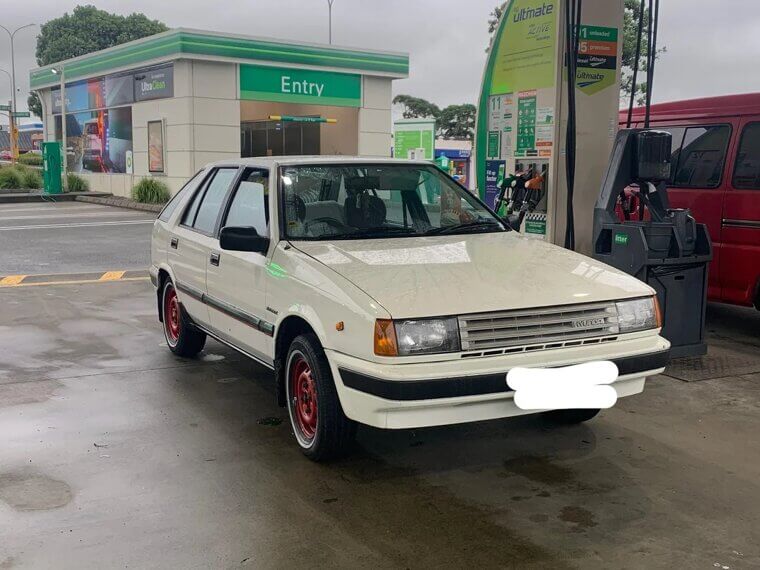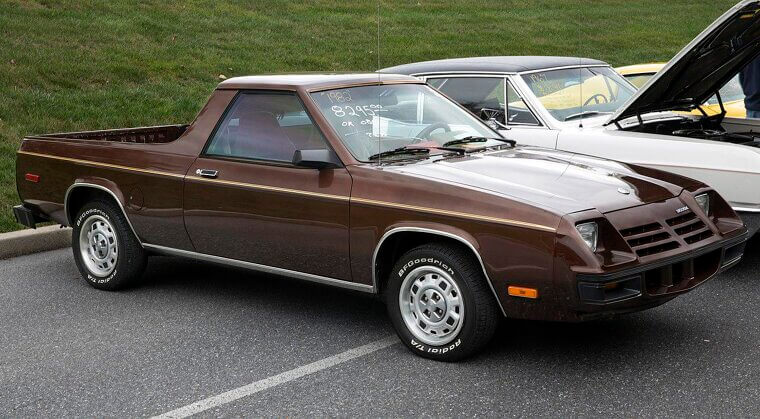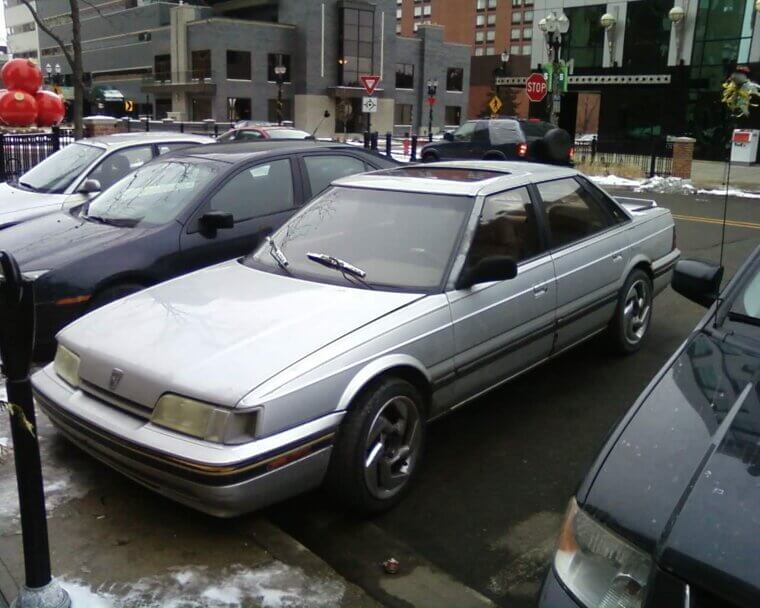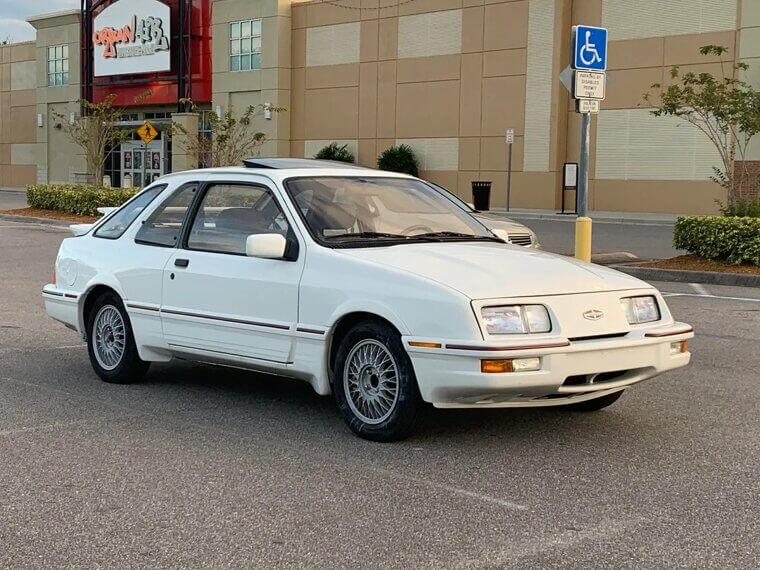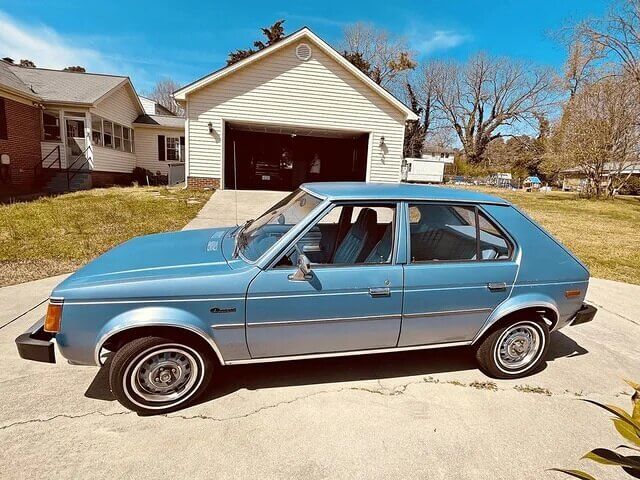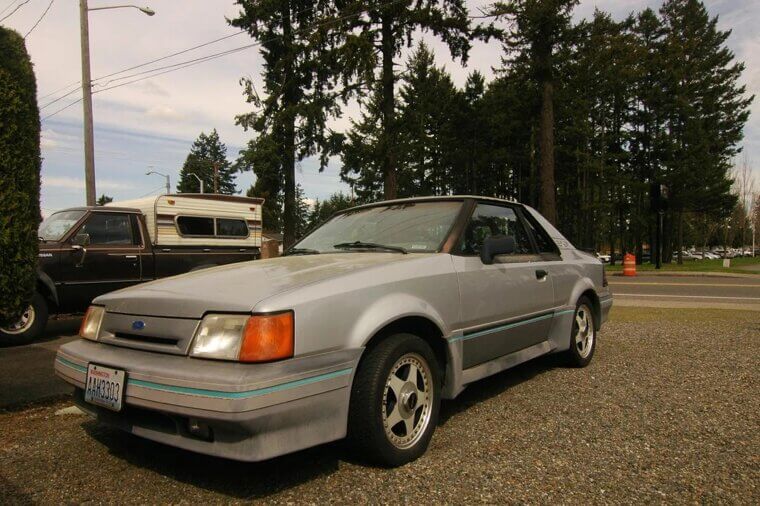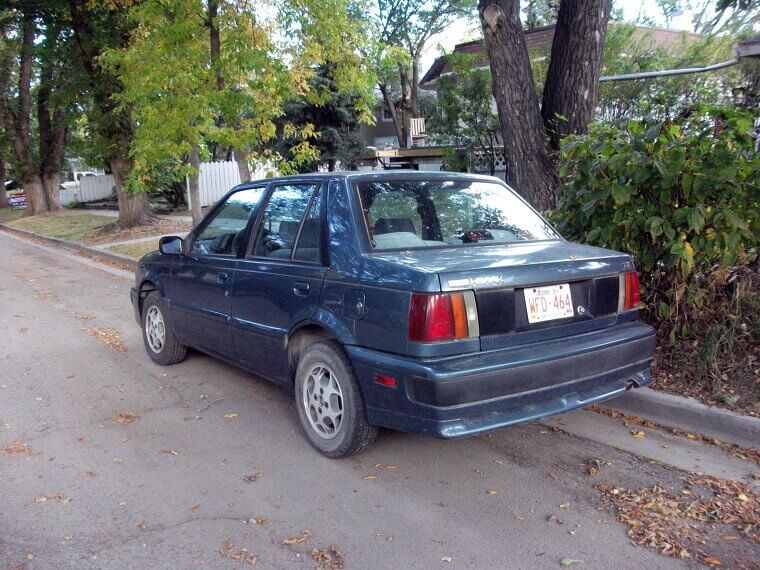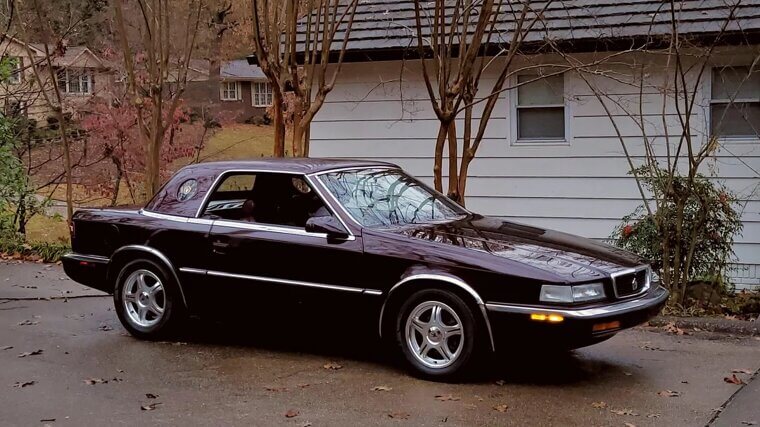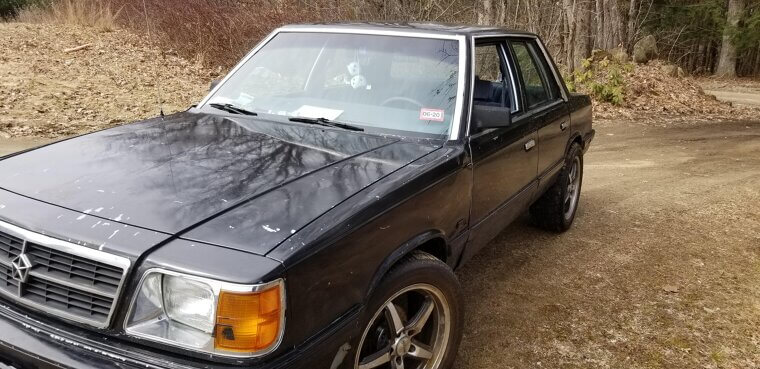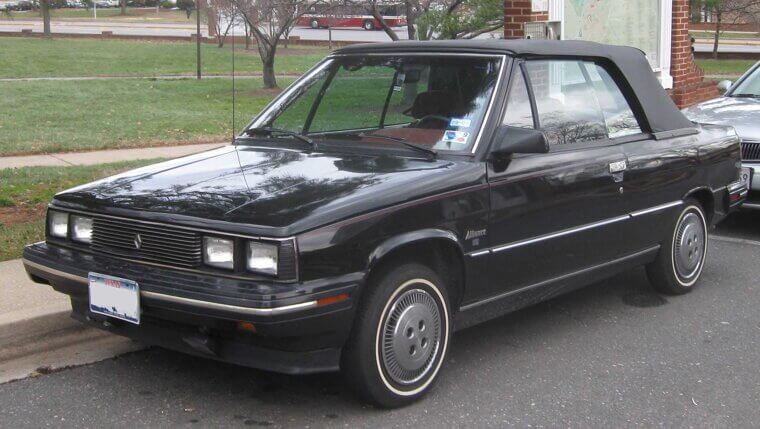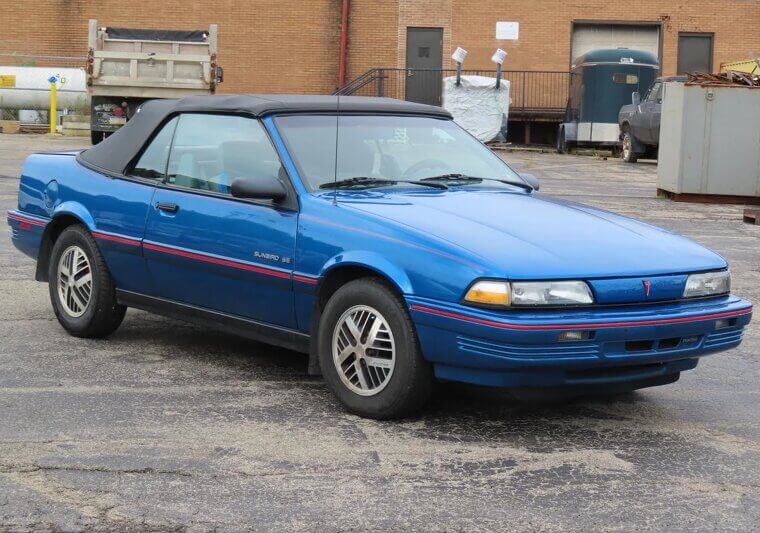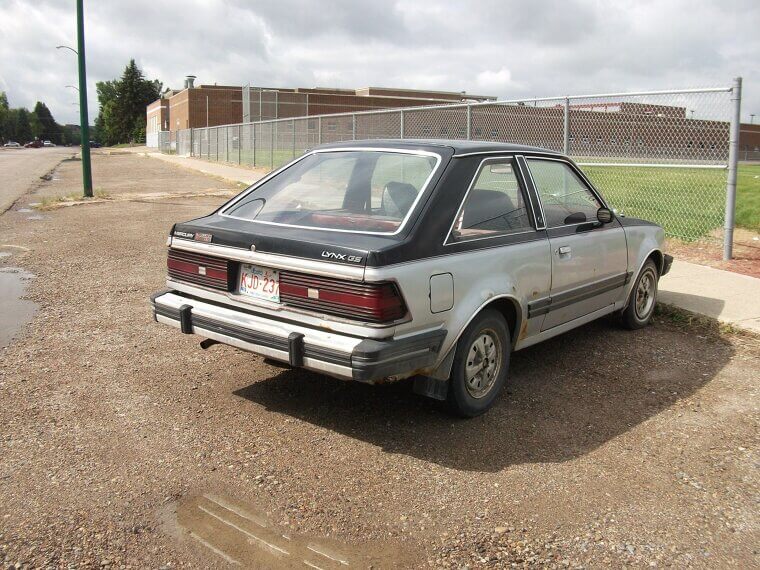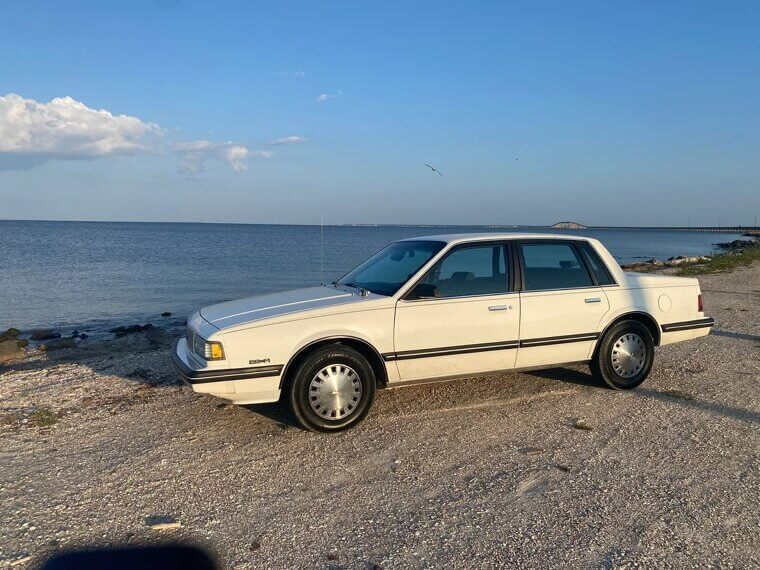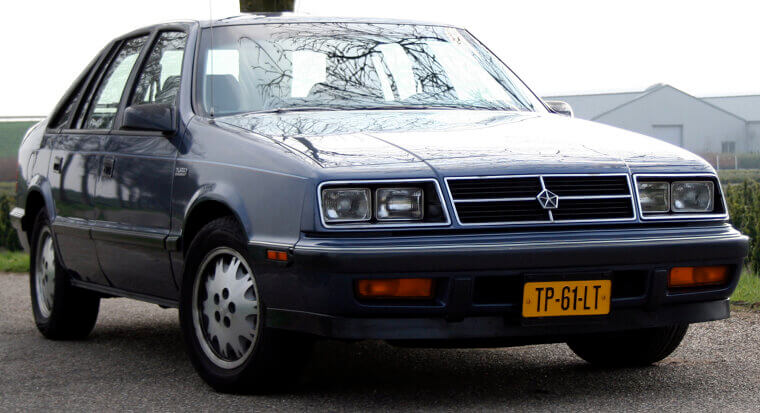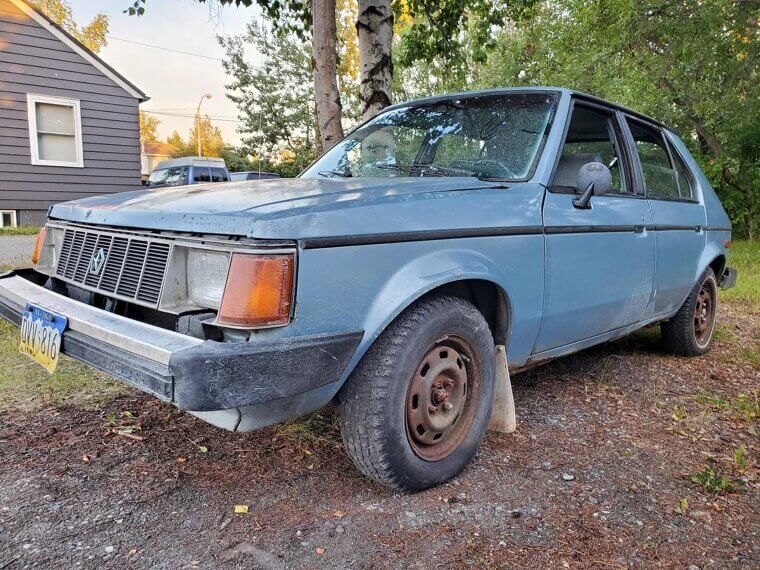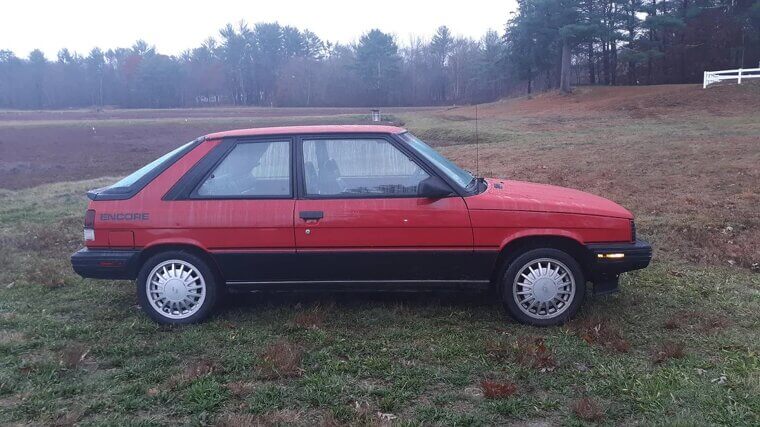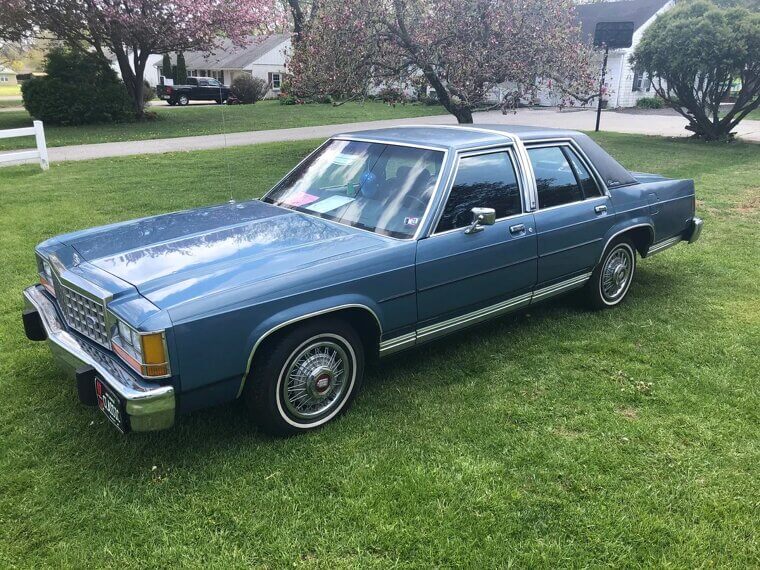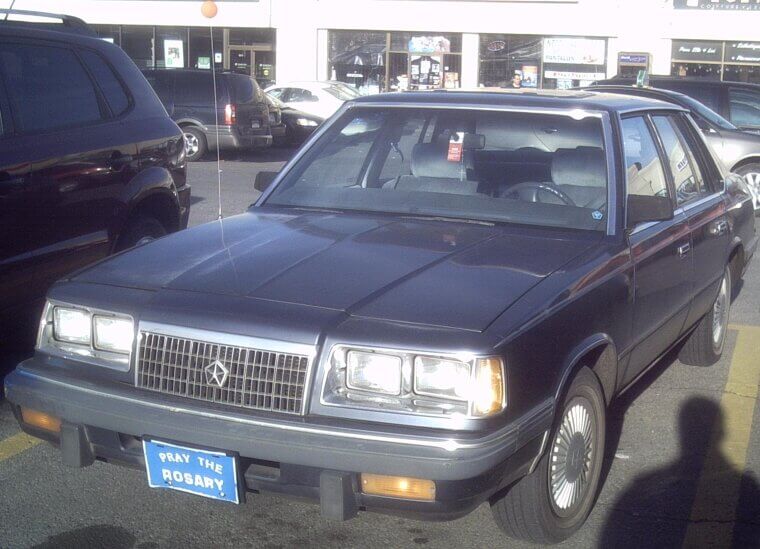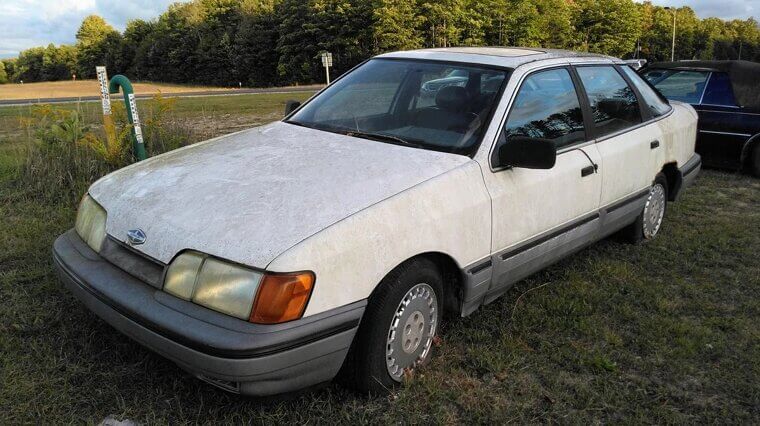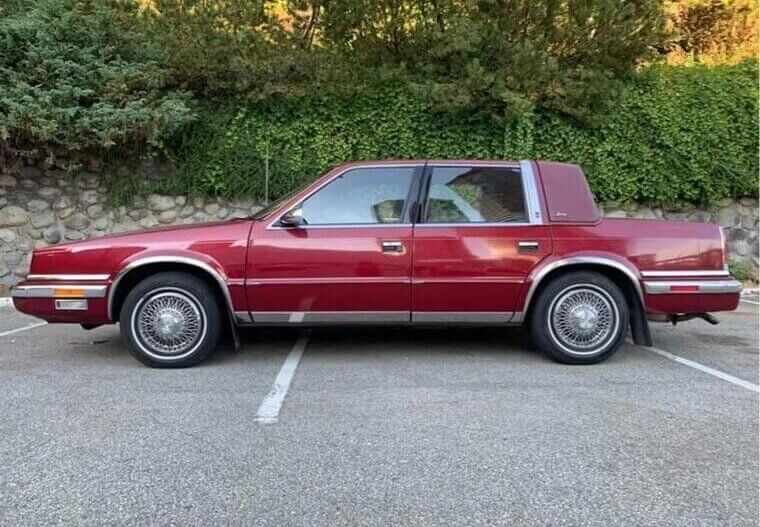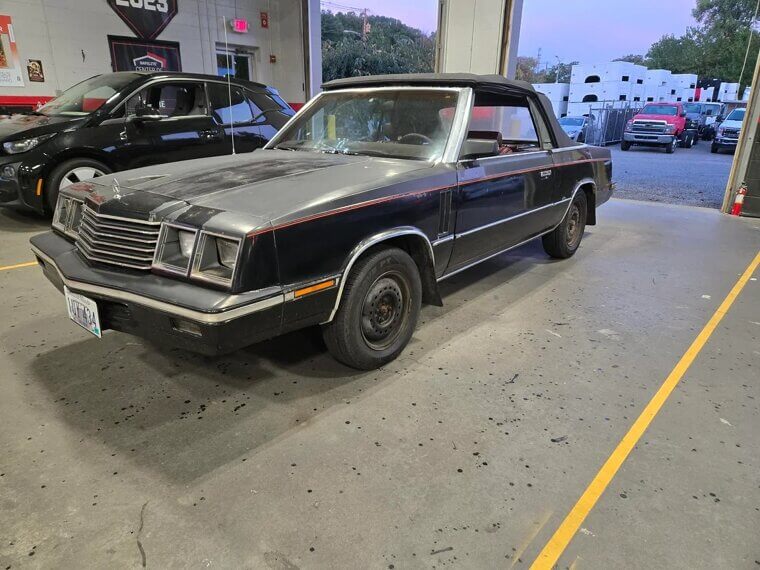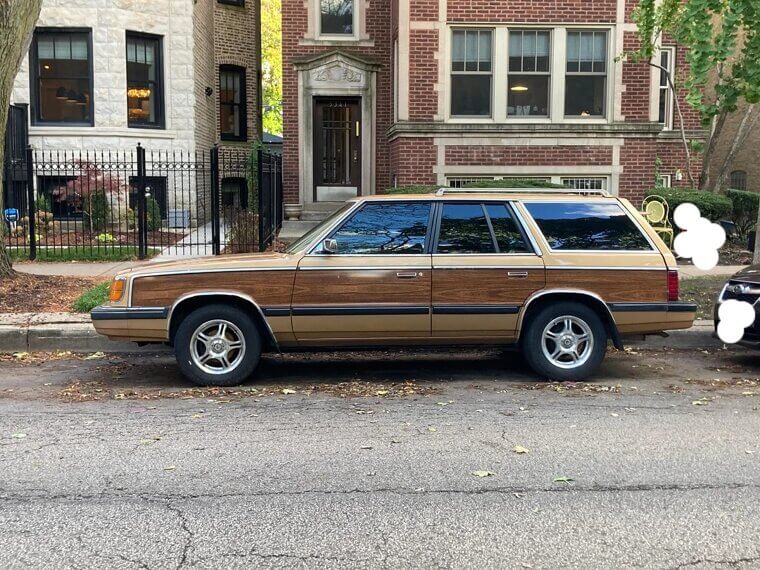These 1980s Cars Are Some of the Ugliest Ever Made but We Still Love Them
The ‘80s weren’t exactly subtle when it came to car design. The cars had sharp angles, weird headlights, and styles that made you scratch your head. And yet, we can’t help but love them. In this article, we’re revisiting the ugliest ‘80s cars that stole our hearts. Let’s get into it.
AMC Eagle (1980–1988)
The AMC Eagle was the first of its kind before crossovers were a thing in the industry. Its boxy lines didn’t look very beautiful, but it had a unique attitude that has made it a cult favorite.
Nissan Stanza Wagon (1986–1989)
The Stanza Wagon was odd, but it was an excellent family vehicle for those who did not want a full minivan. Its peculiar appearance is a conversation starter now, and it proves that being ugly can sometimes mean being unforgettable.
Renault Fuego (1980–1986 in the U. S. )
The Renault Fuego resembled a wedge on wheels, but the quirky styling was energetic, had personality, and had that Euro style. Whether you loved it or laughed at it, the Fuego made a statement.
Chevrolet Citation (1980–1985)
This was a boxy, boring car that was prone to problems, and yet for some reason, this little front-wheel drive oddball still puts a smile on our faces. Perhaps because it was Chevy's attempt at being modern. The Citation may be ugly, but it also embodies that underdog charm that makes us root for it.
Yugo GV (1985–1992)
The Yugo was both famously affordable and notoriously mocked for its comical proportions. Its short proportions and bare bones vibe made it the punchline to every joke. But here’s the thing: people loved its simplicity, and today its goofy features feel oddly adorable.
Subaru XT (1985–1991)
Subaru dared to be different and gave us a car that looked like a spaceship designed on a tight budget. All sharp lines, odd proportions, and a wedge that never quite came together. But with pop-up headlights and turbos, it was wonderfully weird.
Hyundai Excel (1986–1989)
The Excel was about as exciting to look at as a microwaved potato. It was plain, boxy, and totally uninspired. But it was cheap, easy to fix, and got a lot of people into their first new car.
Dodge Rampage (1982–1984)
The people who made the Dodge Rampage weren’t sure if they wanted to give us a car or a truck, but eventually said, “Why not both? This car-truck mashup styling was clumsy at best, but there’s something lovable about its awkwardness.
Sterling 825 (1987–1991)
A British sedan based on an Acura Legend sounds good until you see the Sterling 825. With its ugly styling and questionable build quality, it wasn’t winning any awards. But that boxy shape now says “retro cool”. It’s the ugly Brit-American mashup we can’t help but love.
Pontiac 6000 (1982–1991)
The Pontiac 6000 was a rolling box with square edges so sharp they could cut glass. It’s not exactly a work of art, but it was reliable, affordable, and had that classic ‘80s GM look. It’s the kind of ugly that feels weirdly comforting now.
Merkur XR4Ti (1985–1989)
Ford attempted to offer a piece of European flair to the US audience, and we got the Merkur XR4Ti. It came with a double rear spoiler that appeared to be an afterthought. The design was not pretty, but the car was fun to drive. Ugly-duckling exterior aside, it’s now a cult classic.
Oldsmobile Firenza (1982–1988)
The Firenza was Oldsmobile trying to look young and sporty, but it ended up looking like your grandpa in skinny jeans. Still, it had personality, and something about its awkward styling now feels charming. It’s the kind of car you’d ironically love to own today.
Dodge Omni (1978–1990)
The Omni technically started in the late ‘70s, but it owned the ‘80s. Its design was so plain it could hide in a parking lot and you’d still miss it. But that boxy shape and lightweight build gave it attitude.
Ford EXP (1982–1988)
Ford thought, “What if we make a sporty two-seater?” and out popped the EXP, a car that looked like a Pinto in disguise. It wasn’t a beauty queen, but it had charm. Today, its awkward proportions just scream retro cool.
Isuzu I-Mark (1981–1989)
The I-Mark looked like it was designed with a ruler and zero creativity. But once you got past the looks, it was fun to drive, especially the turbo models. No one liked its looks back then, but it has grown on us.
Chrysler TC by Maserati (1989–1991)
Chrysler collaborating with Maserati sounded good. However, we ended up with the TC that looked like a LeBaron with a fancy badge. It was clunky and awkward, but there’s something endearing about how it tried so hard to be exotic. It’s ugly with ambition. How can you not love that?
Chevrolet Sprint (1985–1988)
Small and shaped like a shoebox, the Chevy Sprint was not anyone's picture of a beauty. But it was inexpensive, energetic, and perfect for city driving. Today, in all its funky weirdness, it seems retro-cute, like the automotive version of a little scrappy puppy.
Plymouth Reliant K-Car (1981–1989)
The K-Car was Chrysler's savior, but it was a total design snooze-fest. It's square and boring and anything but memorable. Until you realize how important it was. Millions were sold, and now, its ugly duckling looks are pure nostalgia. We’d love to see one just to smile at it.
Renault Alliance (1983–1987)
The styling of the Renault Alliance aged about five minutes after release. However, it was cheap, and it even won a Motor Trend Car of the Year award. It was ugly, but the kind of ugly that makes you smile now.
Pontiac Sunbird (1982–1994)
The Sunbird was Pontiac trying to look sporty on a budget, and the result was uneven, to say the least. It had clunky lines and questionable proportions, but it also had turbo options and loads of personality.
Dodge Aries (1981–1989)
Here’s a car that was basically a Plymouth Reliant wearing different clothes, and not better clothes, either. Although it was boxy, boring, and built to blend in, it was cheap, reliable, and part of the K-Car crew that saved Chrysler. Seeing one today is like seeing an old friend at a reunion.
Mercury Lynx (1981–1987)
The Lynx was Mercury’s twin to the Ford Escort, but it had design features that looked even weirder. Its squinty headlights and forgettable vibe aside, it was practical and efficient. Now, spotting one feels like finding a vintage Polaroid.
Chevy Celebrity (1982–1990)
Named like a star but styled like a brick, the Celebrity was GM's attempt at mainstream success, and it sold reasonably well, even if it wasn't really beautiful. Today, its extreme boxiness makes it an '80s time capsule, and we smile anytime we see one.
Pontiac Phoenix (1980–1984)
Pontiac's version of the Chevy Citation had boxy lines and sport decals. It wasn't going to win any beauty contests, but it was cheap and practical. Today, its awkwardness makes it the mullet of cars: business in the front, party in the back.
Dodge Lancer (1985–1989)
The styling of the Lancer seems like it was done by someone who ran out of graph paper. All straight, no curves, and a very bland face. Its turbo versions packed some punch, though, and the dorky design has an odd nostalgic appeal today.
Plymouth Horizon (1978–1990)
The Horizon was introduced in the ‘70s, but it took off in the ‘80s. It was square and quite plain, but it introduced a whole generation to small cars. It has a certain boxy charm that, today, feels more retro chic than ugly.
Renault Encore (1984–1986)
This is essentially a hatchback version of the Renault Alliance, and it was ugly and utilitarian. No one was buying it for looks, that is for sure. But it was cheap and kind of strange in a French-American way.
Chevy Spectrum (1985–1988)
The Spectrum was GM rebadging an Isuzu, and it showed. Boxey, bland and awkwardly proportioned, it blended into traffic. But it was cheap and dependable, and that goofy styling is now pure nostalgia fuel. Let’s just say there’s something charming in its simplicity.
Ford LTD (1983–1986, Midsize Version)
The Ford LTD was Ford's attempt at downsizing. It was a midsize car that looked like they squished a full-size LTD. The car was comfortable, economical, and the styling looks retro-cool today.
Plymouth Caravelle (1983–1988)
The Caravelle was Plymouth’s version of the Dodge 600, and both were about as boxy as boxy gets. The Caravelle didn't turn heads back then, and it doesn't turn heads now, but there is something about that bland ‘80s look that is comforting.
Merkur Scorpio (1988–1989)
The Scorpio was Ford’s attempt to market a European luxury sedan in the U.S. It was long, basic, and nobody was impressed. Now, the weird Euro style sticks out in a good way.
Chrysler New Yorker (1982–1988)
With its sharp angles and gaudy amounts of chrome, the ‘80s New Yorker was essentially a rolling chandelier. Beneath all that glitz, though, it was still plush and comfortable. It was ugly, but in an oddly elegant, giddily garish way that makes you smile now.
Chevy Cavalier
While the Cavalier was one of GM’s best-selling cars, it looked like a toaster. It was affordable and reliable, though, and many loved it. The plain boxy design is oddly charming today, like a childhood toy you forgot you loved.
Dodge 600 (1983–1988)
Dodge attempted to merge luxury with value, and the result was a box with chrome trim. Although it was not beautiful, the car was efficient. Its styling now feels like the automotive version of shoulder pads; ugly then, iconic now.
Plymouth Reliant Wagon (1981–1989)
The Reliant Wagon was incredibly awkward. Long, boxy, and hopelessly dull, it was the quintessential ‘80s family car. Its ugliness is exactly what makes it lovable now.

